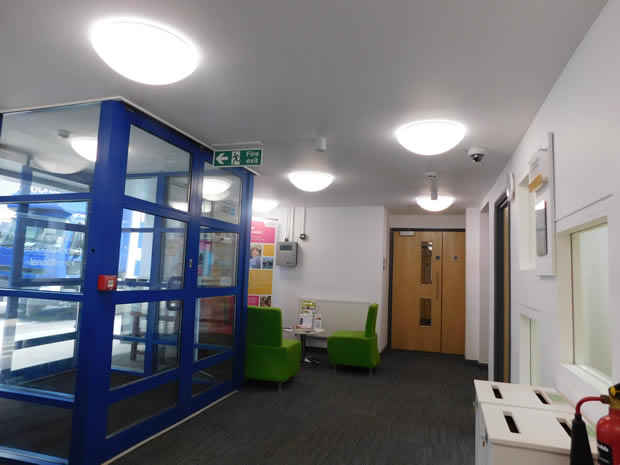Lighting control system achieves savings of 30%
The EyeNut monitoring and management system from Harvard Technology, has been chosen by Oxford Brookes as its lighting control system of choice. The university, which has so far rolled EyeNut out across three buildings, initially achieved savings of 30% through the implementation of control strategies including daylight dimming and occupancy detection.
Oxford Brookes then requested an illuminance capping exercise was performed to ensure light levels were in line were recommended standards and user preferences. Harvard assessed the university’s lighting in accordance with the Chartered Institute of Building Service Engineer’s (CIBSE) interior lighting guide.
It was found that lumen levels were 15 to 45% higher than the users required. By capping lighting in line with CIBSE recommendations, energy was reduced by a further 27%, equating to total savings of 48%.
Steve Holtom, Energy Manager at Oxford Brookes University, said: “We never thought that we would be able to achieve such impressive savings by implementing a lighting control system. We are now looking at rolling EyeNut out across further sites, including student residence blocks. Now we have the system in place, installing EyeNut in additional buildings is really easy and cost-effective.”
Colin Shockledge, Specification Manager at Harvard Technology, added: “We are really happy with the savings gained at Oxford Brookes University. EyeNut is a fantastic solution for universities, allowing remote access controls over the whole estate not only in new build situations, but in particular within older heritage buildings. However, regardless of the industry leading wireless connectivity, the main purpose of EyeNut is to save energy and this study has proven the effectiveness of the system” he said.
The installation of EyeNut is part of Oxford Brookes’ 10 year estates refurbishment plan. So far, when factoring in the other three buildings currently under refurbishment, savings achieved by EyeNut have equated to substantial financial reductions of £13,000 per annum.






